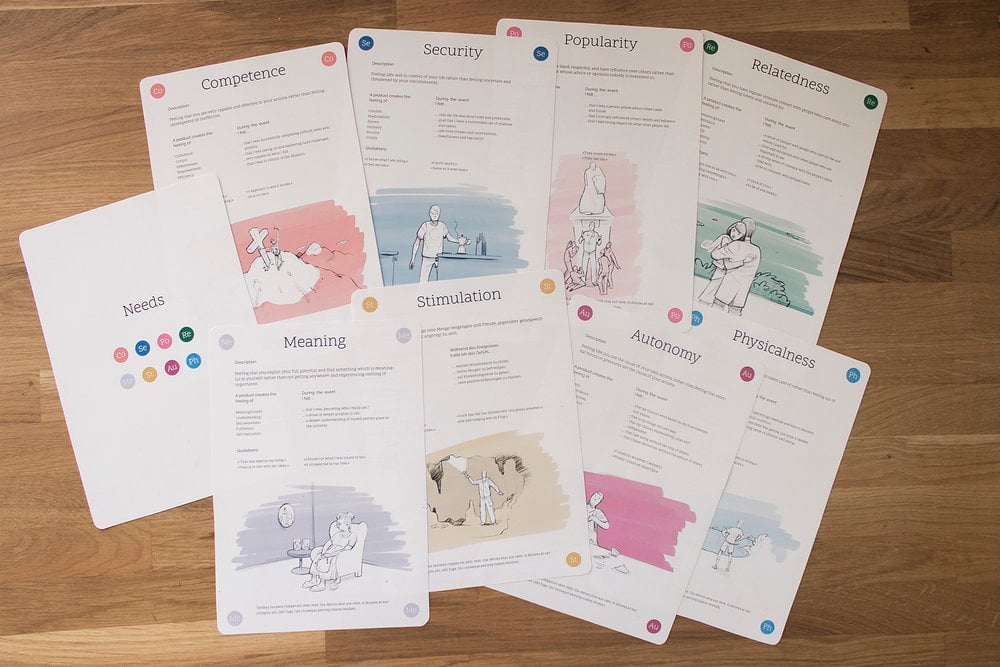Babylon
Learning numbers in different languages

Project Approach
Some individuals are interested in learning numerical systems for new languages. Babylon is a smartwatch that enables users to acquire number skills across various languages. Through thorough research and data analysis, we identified three key psychological needs: Autonomy, Simulation, and Competence. The interplay of these needs allowed us to empathize with users and develop a distinctive functionality for the watch that addresses their requirements effectively. In this project, my role was to facilitate the design thinking sessions and translate the research findings into an engaging interactive design.

Methods
Needs Cards: Each card outlines a psychological need, which can lead to positive experiences, particularly when engaging with technical products. Needs cards offer both guidance and inspiration for the design of interactive products. Alongside a concise description, each card includes typical feelings and quotes associated with the specific need, as well as a list of emotions that a product can evoke if it successfully addresses this need.
For Babylon I used the following need cards
Autonomy: Where the users can feel they control their actions and not affected by external forces that cause their actions.
Simulation: The users would feel a lot of excitement and enjoyment through discovery.
Competence: The users will feel the confidence and effectiveness in their actions that will give them more empowerment.

Design and Interaction
The user interface (UI) was developed with a minimalist approach for several key reasons. Firstly, the size constraints of the smartwatch necessitate a design that avoids overcrowding the limited display. Secondly, minimizing the number of displayed items reduces user confusion, enhancing interaction efficiency. Thirdly, from an aesthetic standpoint, a clear and uncluttered design promotes functionality and effectiveness. The UI employs a color-coded system: the indicators for hours, both digital and text formats, share a uniform color scheme, while minutes are assigned a distinct color. This thoughtful design consideration accommodates speakers of various languages, thereby preventing potential misunderstandings and facilitating the learning of numerical concepts across different languages.



